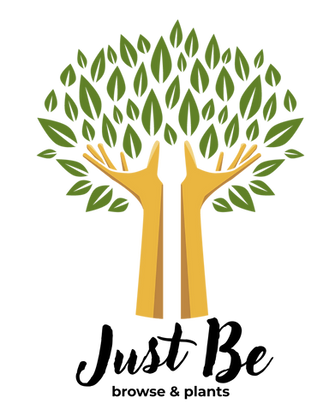Zoo Nutrition and the Power of Browse at the NAG Conference
- Melody McDonald

- Oct 17
- 3 min read

This Sunday, I’ll be heading to the NAG (Nutrition Advisory Group) Conference, where the brightest minds in zoo and wildlife nutrition gather. It’s a place where science meets passion, where animal care professionals, researchers, and suppliers come together with one shared goal: to ensure every animal in human care receives the best possible nutrition.
The Power of Browse
If you’ve ever watched a giraffe stretch gracefully to strip leaves from a branch, or seen a sloth methodically chew on hibiscus, you’ve seen browse in action. Browse provides more than nutrition. It’s enrichment, behaviorally and emotionally, helping animals express natural foraging behaviors, stay active, and maintain mental well-being.
Different species of animals prefer different plants. Elephants favor ficus and acacia, primates often go for hibiscus and mulberry, and hoofstock thrive on willow, banana, and sea hibiscus. Each branch tells a story about an animal’s natural diet — and maintaining that variety is key to their long-term health.
At the NAG Conference, I’m eager to deepen my understanding zoo nutrition and the power of browse. Most especially, which plant species are most challenging to source and which are more readily available, so I can better guide farmers and co-op members toward the right varieties to grow. I’m also excited to learn more about bamboo preferences for pandas, particularly which types thrive in the eastern United States and can be shipped efficiently while staying fresh. Beyond sourcing, I look forward to exploring the science of nutritional balance, from fiber content and digestibility to the nutrient profiles of specific browse species. It’s remarkable how something as simple as a leaf can hold such complexity and play such a vital role in animal health and well-being.
Learning From the Experts
Zoo nutritionists carry an incredible responsibility. They work at the intersection of veterinary science, botany, and animal behavior, ensuring diets are nutritionally balanced, safe, and species-appropriate. The NAG Conference provides a rare space for them (and partners like me) to share research, challenges, and innovations.
I’ll be listening closely for discussions about seasonal availability, storage methods, and regional sourcing, areas that can have a big impact on a zoo’s ability to provide consistent, high-quality browse throughout the year.
Excitement for Zoo Day
One of the highlights will be Zoo Day at the Oklahoma City Zoo. I’m also bringing along a bag of sample banana leaves, one of my favorite sustainable browse options, loved by many species for its moisture content, size, and texture.
There’s something deeply rewarding about showing up with a small piece of nature that can make an animal’s day just a bit brighter, and if it leads to my dream come true of saying hello to a primate, then all the better!

Looking Ahead
As we continue expanding Just Be Browse & Plants, my goal is to keep learning, connecting, and collaborating with the zoo nutrition community. This conference is another step toward understanding how to better support animal health through thoughtful, consistent supply, and to celebrate the incredible work zoos do every day to care for wildlife.
If you’re attending NAG, I’d love to connect. Let’s share insights, talk plants, and explore how browse can continue to enrich the lives of animals everywhere.




Comments